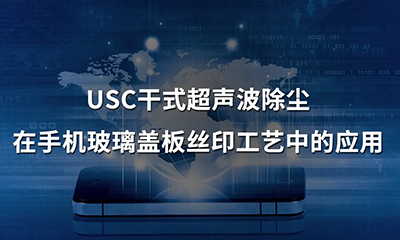
①Screen printing process of mobile phone glass cover
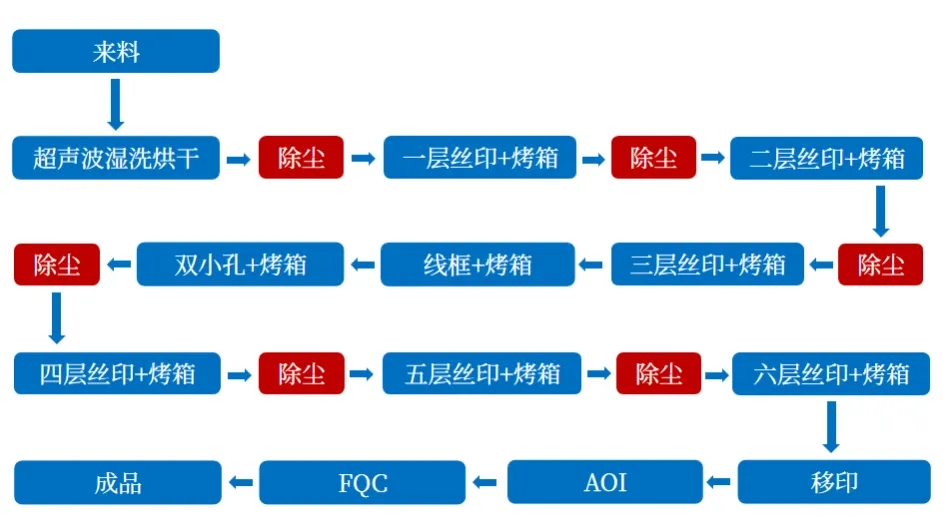
In the screen printing process of the glass cover of mobile phones, dust removal work is required before each layer of screen printing. It can be seen that the importance of "dust removal" in the entire screen printing process is very important.
Three factors that affect the effect of silk screen printing

Equipment stability, corresponding preventive improvement measures can be formulated through FMEA;
The technological process can be improved through SOP and the introduction of new equipment and technology;
Dust particles are one of the most difficult factors to control at present. People, machines, materials, methods, and rings in the product process may generate dust particles in all aspects, so the problem of dust removal is particularly important.
②Solution to dust removal problem
If the dust removal problem is not handled properly, it will lead to bad ink white spots, different colors, etc. At present, there are generally two solutions for the dust removal problem:

The trouble with wet dust removal
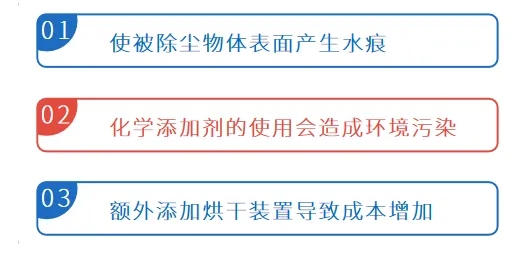
With the exposure of many disadvantages of wet dust removal, a large number of advanced dry dust removal technologies have emerged. At present, dry dust removal methods include: pneumatic sandblasting, particle pneumatic jetting, ultraviolet irradiation, plasma dust removal, laser radiation dust removal, dry ice dust removal, USC dry dust removal Ultrasound etc.
USC dry ultrasonic dust removal is the most advanced dust removal technology at present!
③Sindin USC dry ultrasonic dust collector
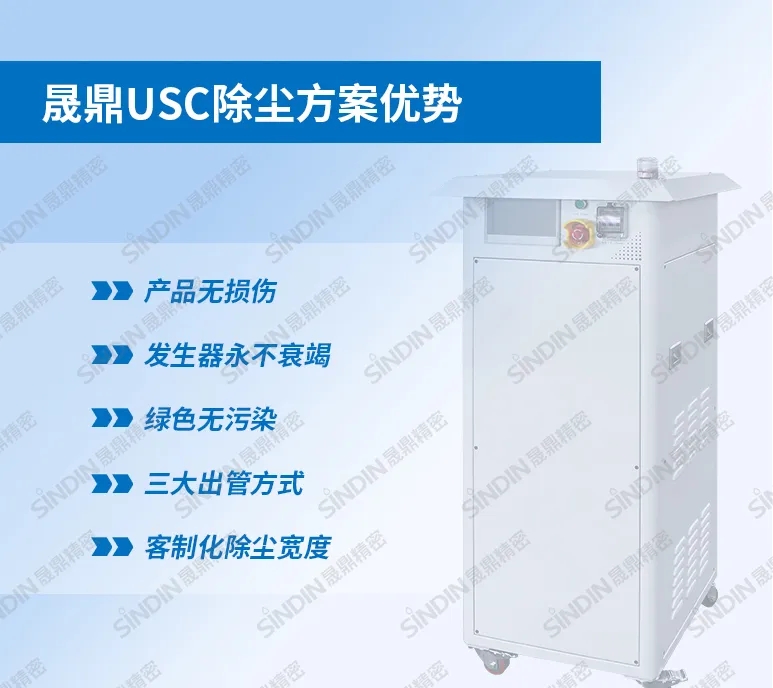
Product advantages
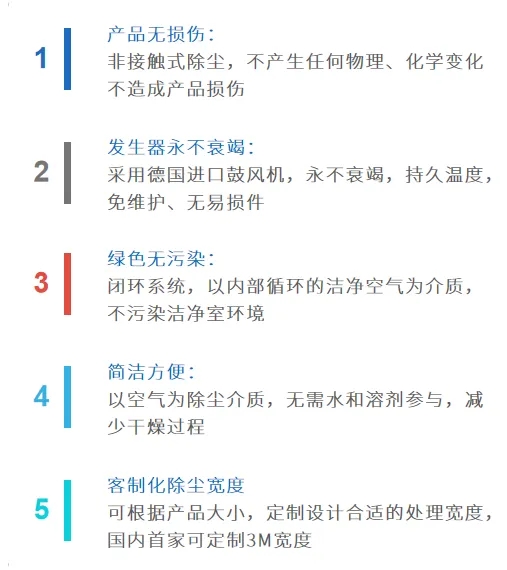
Application of USC dry ultrasonic dust removal in silk screen printing process:
The original dust removal method is dust removal with sticky dust sticks. The sticky dust sticks will generate static electricity during the working process, which will absorb dust and may scratch the glass panel.
Replace the sticky dust stick with USC ultrasonic dust removal, and the dust removal head and the surface of the product are used for non-contact dust removal, and the purpose of dust removal is achieved through the energy and vibration transmitted by ultrasonic waves.
During the working process, the blower passes through the high-efficiency filter, and the positive pressure clean gas comes out, and then passes through the ultrasonic pressure chamber of the dust removal head, and sends out ultrasonic waves to clean the glass surface. The filter, and then back to the blower, the entire cleaning system is a closed loop system.
Advantages of the USC scheme:
▶ The equipment works stably and the dust removal rate is high;
▶ The equipment failure rate is low, and the later maintenance cost is greatly reduced;
▶ Using the circulation system, there is no pollution to the clean room;
▶ Solve the problem from the root, there is no risk of scratching the glass;
④USC dry ultrasonic cleaning effect verification
Now let's verify the following effect!
Verification period: one week
Verification location: a leading enterprise in the glass cover industry
Verification method: 200 pieces of glass each time, divided into two groups to open
USC dust removal mode, the other group is not turned on;
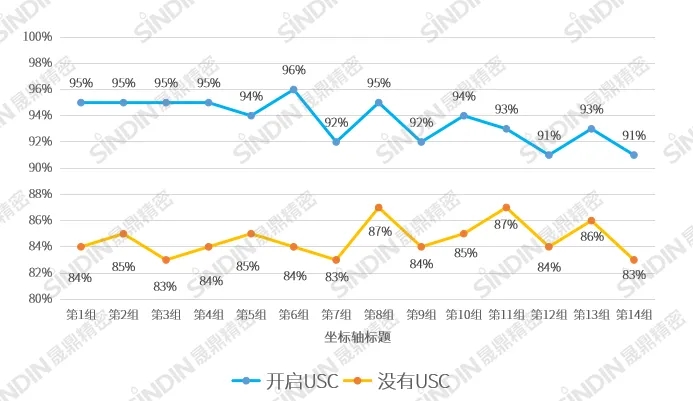
Summarize:
The average yield rate of the USC production line is 93.64%, the average yield rate of the USC production line is 84.57%, and the total yield rate of using USC is increased by 9.07% on average
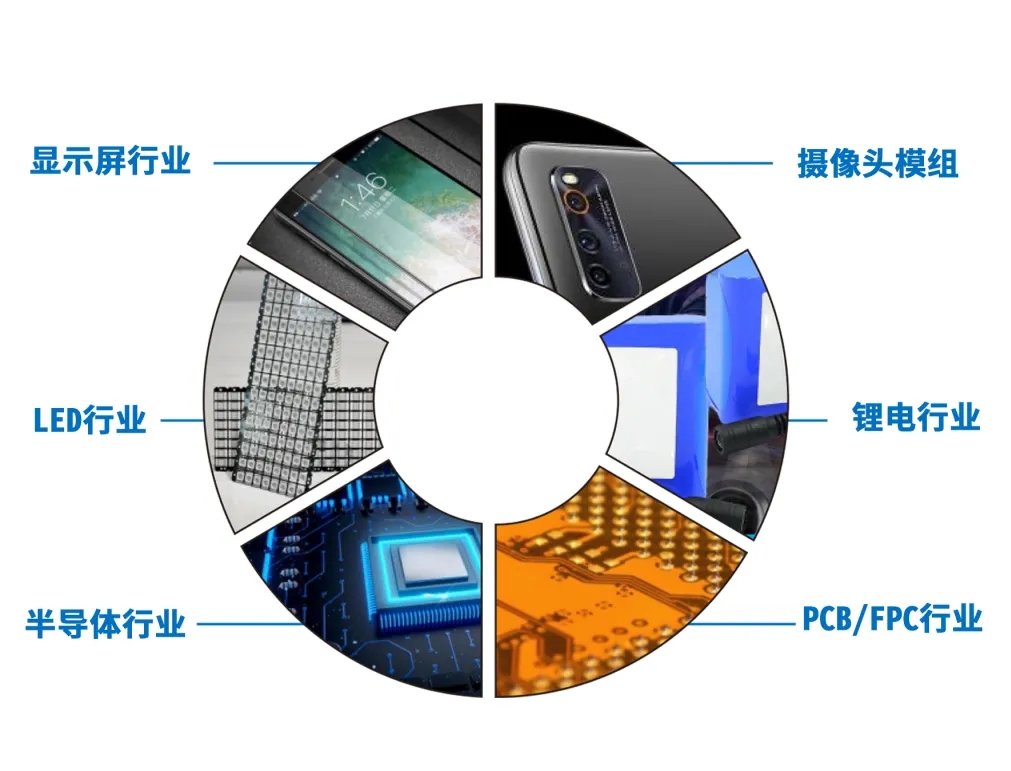
USC dry ultrasonic dust removal, widely used in the display industry, camera module, LED industry, semiconductor industry, lithium battery industry, PCB/FPC and other industries, quickly and effectively remove the floating dust on the surface of the product The particles are removed to ensure the quality of subsequent spraying, coating, gluing, welding, packaging and other processes. Greatly reduce the failure rate and improve the product yield.



